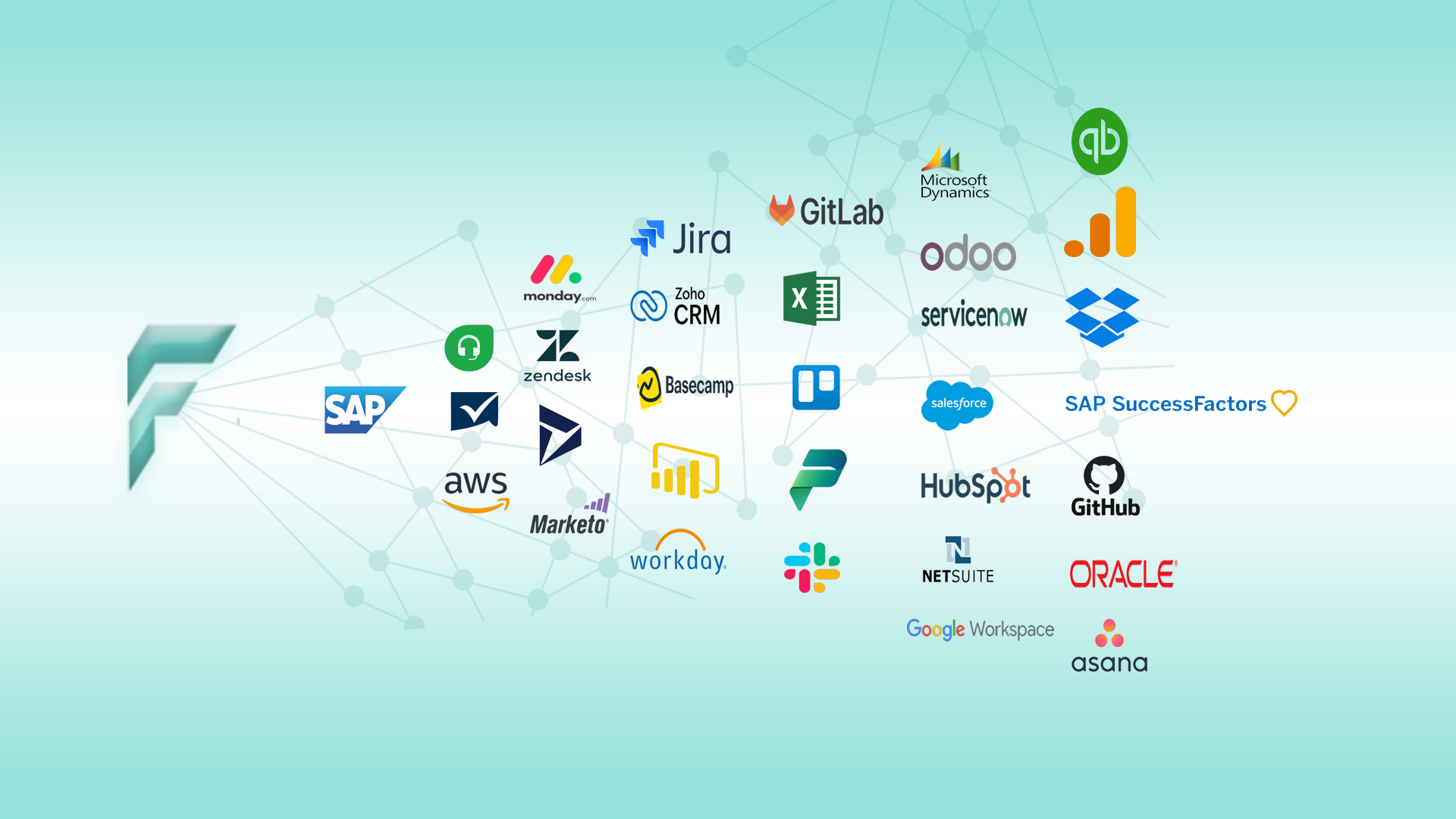SAP Implementation Challenges & Solutions
Discover common SAP implementation challenges and effective solutions to navigate through them. Learn how experienced SAP partners address key obstacles and ensure successful project delivery.
Discover common SAP implementation challenges and effective solutions to navigate through them. Learn how experienced SAP partners address key obstacles and ensure successful project delivery.
Implementing an SAP ERP system can be a transformative move for any business, providing streamlined processes, better data management, and increased efficiency. However, the complexity and scale of SAP projects often present challenges that can hinder successful implementation.

SAP implementation is a comprehensive and resource-intensive process, involving the integration of various business functions such as finance, human resources, procurement, and manufacturing. While SAP offers numerous advantages, organizations often encounter several challenges during the implementation phase. These challenges range from technical issues to organizational resistance, and addressing them proactively can help achieve long-term success.
One of the most significant challenges during SAP implementation is resistance from employees who are accustomed to legacy systems and processes. The shift to a new system can cause uncertainty, fear of the unknown, and reluctance to adopt new workflows.
Data migration is often a complex and time-consuming aspect of SAP implementation. Ensuring the accurate and seamless transfer of data from legacy systems to SAP requires thorough planning and testing. Issues such as incomplete data, data corruption, and data mapping errors can lead to delays and complications.
Poor project planning and lack of clear objectives are common reasons for SAP implementation failure. Inadequate timelines, unrealistic expectations, and lack of proper resource allocation can lead to project overruns and missed milestones.
While customization allows businesses to tailor SAP to their needs, excessive customization can create long-term challenges. Over-customizing the system can complicate maintenance, future upgrades, and integrations, making the system less scalable and flexible.
Implementing SAP is a substantial financial and resource investment. Budget constraints and limited availability of skilled resources can affect the quality and timeline of the implementation. Underestimating the financial and manpower needs of the project can lead to insufficient resources being allocated.
Integrating SAP with existing systems, databases, and third-party applications can be challenging, especially if the legacy systems are outdated or incompatible. Poor integration can lead to data silos, inefficiencies, and fragmented workflows.
Overcoming resistance to change requires a strategic approach that involves engaging stakeholders early in the process. To address employee concerns:
Data migration is a critical part of the SAP implementation process. To ensure a smooth transition, businesses should:
To avoid project delays and cost overruns, businesses should implement a structured project management approach:
Excessive customization can complicate system upgrades and maintenance. To avoid over-customization:
To mitigate budget and resource limitations, businesses should:
To ensure smooth integration of SAP with existing systems:

Choose F12 Technologies for industry-leading mobile app solutions designed to boost engagement, efficiency, and growth for your business.
We tailor our services to meet your specific requirements, ensuring innovative and impactful solutions that help you achieve your goals.
Contact Us